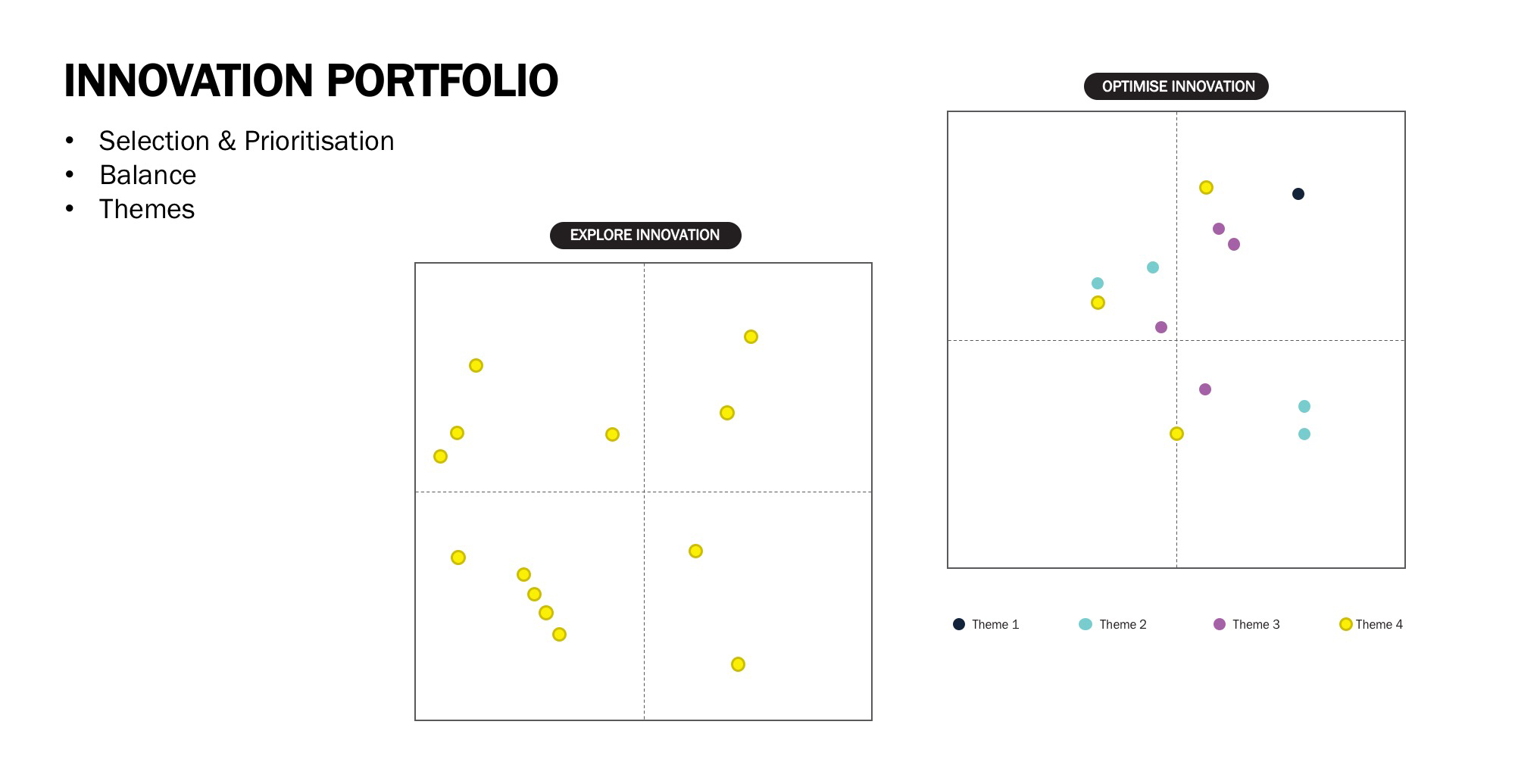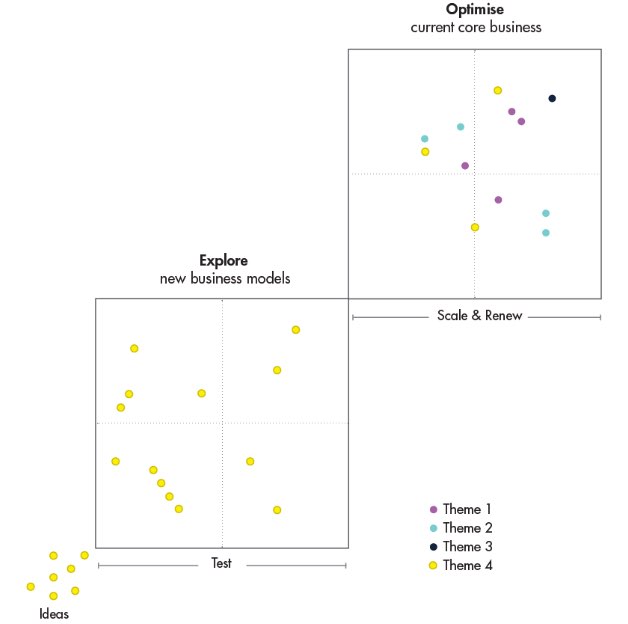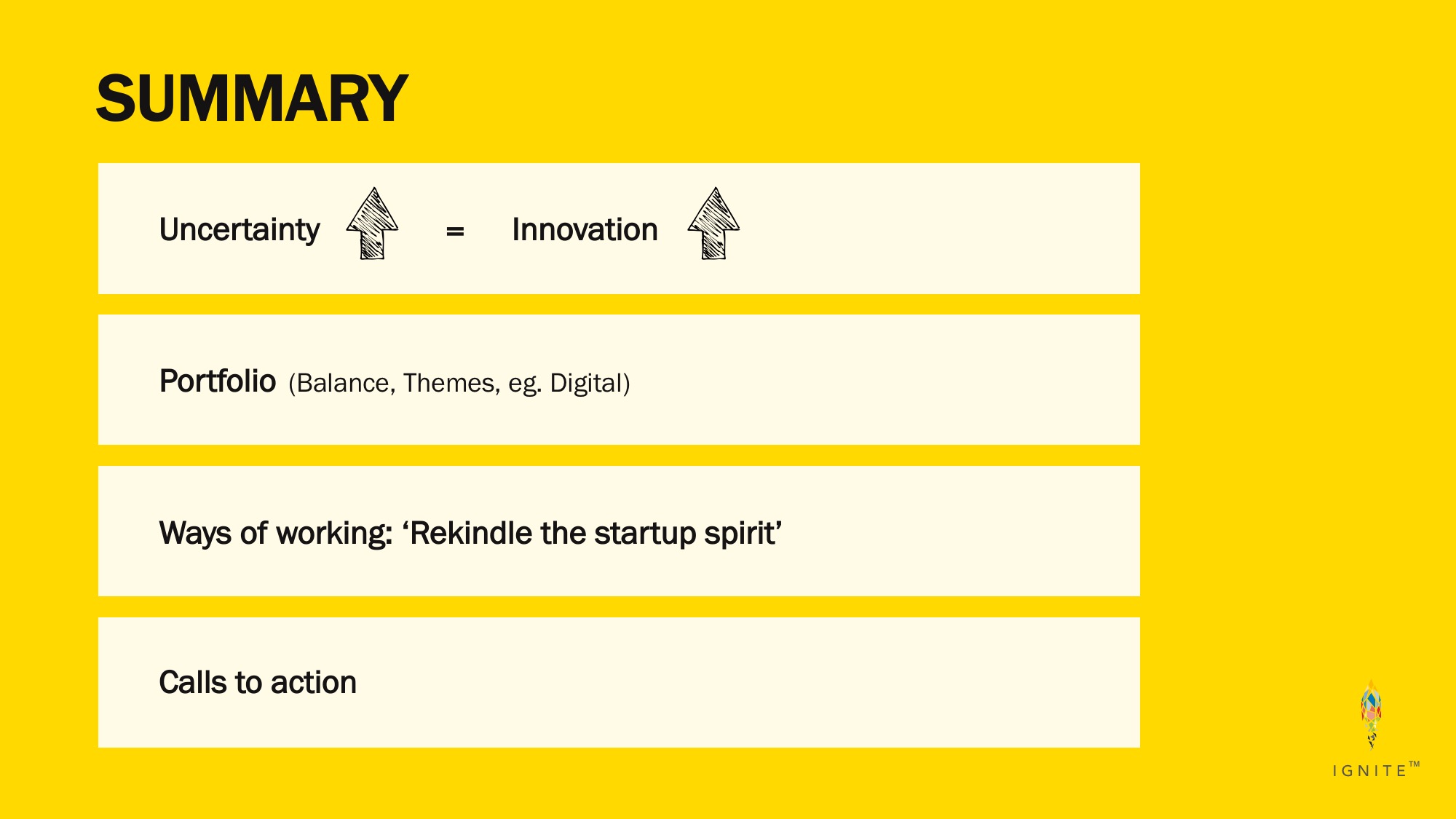Blog: Innovation in Turbulent Times

When we were all celebrating the arrival of 2020 some six months ago, few of us would have envisaged spending so much of the first half of the year in lockdown and working from home.
At De Beers Group, we have responded to the COVID-19 crisis in a variety of ways – from buying PCR machines for several producer countries to the provision of PPE and hand sanitiser – all of which have been designed to support our people, our partners, and the communities and countries we operate in.
We have also sought to introduce innovative ways of engaging with our partners, with one example being our launching of the Stronger Together webinar series. I hosted one of these sessions and discussed the importance of Innovation in Turbulent Times. I received a lot of feedback from the session and decided that I would adapt the presentation into this blog post so that I could share my thoughts more widely.
What do we mean by innovation?
Before I start drilling down into how we go about encouraging and developing innovative ideas at De Beers Group, I thought it might be helpful to start off by outlining how we see the innovation imperative and what we mean by innovation. We consider innovation as critical to keep moving forward, and helping us path-find through these highly uncertain times; indeed, the more uncertainty there is, the more we are finding an experimental, emergent approach useful to lighting up the path ahead.
For us, we think about innovation as the challenge of taking new ideas – process, product, service or business model ideas – to impact. It’s a fairly simple yet comprehensive definition that recognises that innovation can come in different forms. But it’s also a definition that speaks not just to innovation activity but also to innovation outcomes: impact. This is an important point; we are not talking about so-called innovation theatre. Our approach is rigorous and comprehensive, with experimentation as a central pathway to discover how our ideas can have an impact on our business but also perhaps act as a catalyst for broader industry transformation.
With this in mind, when talking about innovation with people outside our business, I usually have three main aims:
- To provide an insight into how we both think about and approach innovation at De Beers Group
- To try to spark ideas relevant to the businesses of others and help them refine their own approaches to innovation
- To emphasise the need to work more closely together as an industry
I hope this post will achieve all three of these aims.
Our approach
The name we give to our innovation approach in De Beers is Ignite™. Our approach covers a full spectrum of innovation activities. We invest in research into things like synthetic detection. We also incubate promising technology products that can automate some of our key business activities, such as mining and recovery or rough diamond sorting.
And in recent years we also have launched several new business model innovations, such as Lightbox, Tracr and GemFair.
In addition to our internal efforts, we also have a venturing arm which focuses on working with start-ups. We launched this arm in recognition that we don’t have, nor could ever have, all the answers ourselves, and our engagements with start-ups is a fantastic complement to our internal innovation efforts.
Within De Beers Group Ignite™ we have developed a framework through which we channel our efforts, and which are designed to maintain focus and rigour around this broad spectrum of innovation activities. We consider this to be a living framework that is continually iterated and strengthened as we learn more through our own efforts and that of others. The main elements of our De Beers Group Ignite™ framework are:
- A Portfolio approach – this is the ‘what’ we are doing as reflected in the mix of innovation initiatives we are investing in
- Ways of working – these are ‘how’ we are advancing our innovation initiatives, which includes the processes we follow, how we fund and govern initiatives, how we think about measuring innovation and how we approach the people aspects
Prioritise and select
We are rarely short of ideas and, although idea generation is relatively low cost, acting on them can quickly become expensive, so the challenge boils down to ongoing selection and prioritisation, a process that is even more dynamic during this crisis. To facilitate this, we look at our portfolio in two main ways – balance and themes.


Adapted from Strategyzer portfolio grid, Alexander Osterwalder and Yves Pigneur
We use a simple model where we assess our innovation portfolio against what we are investing in to optimise our current business and what we are investing in to build tomorrow. We seek to invest in innovations that can improve core business activities while also investing in new ventures.
Indeed, there is a growing body of evidence that companies that thrive are those that keep a good balance between the two, whereas those that fall behind tend to only invest in perpetuating their core business.
It’s also important to ask yourself ‘how are we going to use this time?’ Are we going to emerge from this crisis as markets recover with some additional battle scars, or change the mix of activities in our portfolio to the new environment / where the world is heading?
Innovation Portfolio Themes
How do we classify and group the themes we have in our investment portfolio?
To take one theme as an example, recent events have provided a glimpse into a future world where digital has become central to every interaction, forcing both organisations and individuals further up the digital adoption curve almost overnight.
At De Beers Group, we have been increasingly investing in a digital agenda in recent years. We are focusing on advancing technologies that can help us automate key business processes, and embracing the internet of things to help us develop and deploy more connected devices across our business to make our operations more efficient. We also continue to test new ways of improving the customer experience through digital technologies – for example, De Beers Group Auctions recently mobilised its ‘buy now’ platform, which provides customers with an extremely rich visual data set of the diamonds available to buy when customers determine they need them.
Beyond this, we also continue to invest in initiatives such as Tracr – arguably our most ambitious undertaking, as it combines a number of different technologies -- all enabled by connectivity – to provide a digital solution that can address provenance, traceability and authenticity challenges, enhancing trust for all industry participants.
Ways of working
Beyond the ‘what’, when selecting and developing innovative ideas, we also focus heavily on the ‘how’. This requires establishing clear and repeatable processes, geared for rapid and low cost development, using a progressive funding approach, building the right teams and measuring innovation.
Process – for all the initiatives we keep in our portfolio we put them through a detailed programme that has a few simple phases that act like a funnel: creation and selection of new ideas; testing through experimentation; and scaling ideas that prove themselves. An innovation playbook provides an in-depth toolkit for innovation teams across the company.
The need for speed – the crisis, if anything, seems to have taken what was already an accelerating pace of change and kicked everything into a higher gear. Cycle times that used to take years or quarters have compressed so different ways of working become paramount. Our innovation processes are designed to help innovation teams run at a faster cadence to develop and test the most promising ideas.
Low costs and progressive funding – we believe that innovation done well should see low cost, rapid experimentation around a number of ideas, and that it should only get expensive when you invest more heavily behind an increasingly certain idea. We believe a good portfolio (as discussed above) should therefore feature a number of small, low cost bets before committing more. This is key at any point but is particularly poignant now, with cash preservation top of mind for many businesses.
In establishing these approaches that I’ve outlined, we have learned from how others have done it. For example, our funding mechanisms have adapted best practices from Silicon Valley and elsewhere, leading to an approach where the money committed to unproven initiatives is modest initially but sufficient to test some of the critical assumptions inherent in any new idea. As teams bring back learning and more evidence of traction, we progressively invest larger amounts and have set up an Innovation Council to oversee this.
This approach is becoming increasingly widespread practice across the company and has helped reduce the early costs of innovation, in some cases by as much as 70%.

People – we start with very small teams (1-2 people) and build from there, but we are increasingly ring-fencing these teams offsite away from HQ. For example, Tracr, Lightbox and GemFair teams all have their own dedicated teams and work in separate offices.
Measurement and assessment – we measure innovation in two main ways: firstly, our overall innovation activity (where we focus on speed to market and costs incurred) and, secondly, the impact of these innovations. For example, how much new revenue from new products, services and business models have we generated in the last five years? The last three years? Is this going up or down?
We have learnt that to really start to move our ideas through testing to get to impact we need to have all these elements in place and working in harmony and at scale across the company. This starts with a common language, and Ignite™ is a multi-year journey that we are in the early stages of.
Lastly, but critically, fostering the right mindset is foundational. We are working hard to create the cultural conditions that replace the notion and perceived consequences of failure of innovation ideas with positive recognition for teams that deliver rapid and low-cost learning even if we ultimately retire the idea. How well we do this will be defining.
Wrap up
I want to take this opportunity to make a couple of calls to action because, now more than ever, we need to work together.
My first call to action relates to Tracr. We have kick started the development of a great platform combining cutting edge technologies that can help fast track the industry into the digital age at scale, with a particular focus on provenance, traceability and authenticity. This is a journey that is new to us and is new to the industry and so I would encourage you to come on board and help co-create this solution with us now, and retool your business for the future so that we all emerge better equipped for the new reality as markets reopen.
My second call to action is built on our fundamental belief that, through collaboration and pooling of ideas, skills, resource and knowledge, we can strengthen our industry and emerge from this challenging period more resilient and stronger.
We want to establish a more open dialogue with our customers and industry partners so that we can support you better and work more closely with you to solve some of the challenges this industry is facing. So please do speak to us – we are here to listen and learn. You can email us at [email protected]. We look forward to the conversation!

Neil Ventura
Executive Vice-President, Strategy and Innovation, De Beers Group